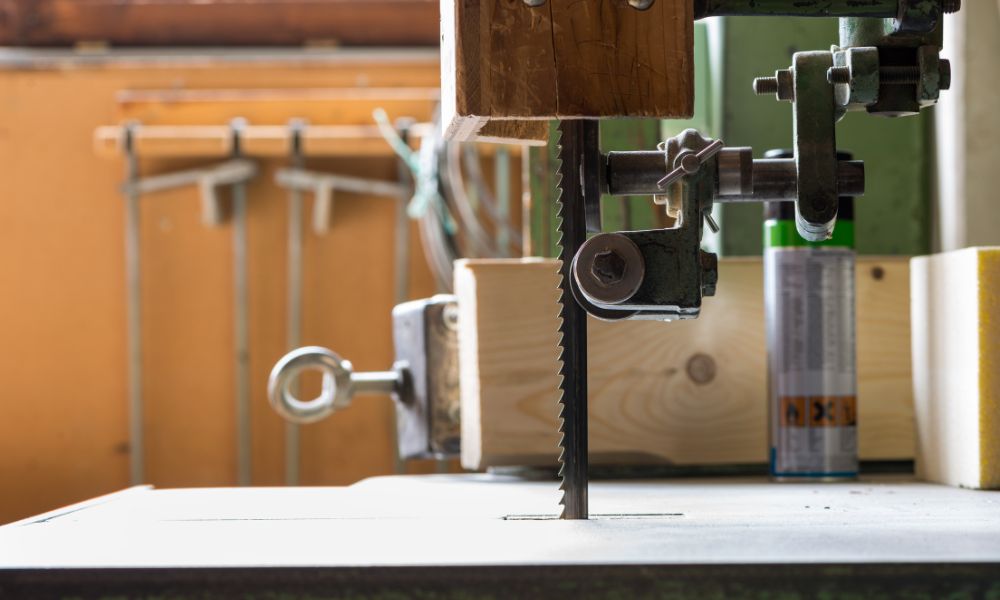Getting to know your cutting hardware helps you identify the best approach for each workpiece. Even the teeth placement on the band saw blades are a critical topic to consider. An overview of band saw blade teeth per inch, like the one you’ll find below, will show you how different band saw blades can impact your cutting ability.
What It Means
There are certainly many details to consider when preparing any metal cutting project, from the metal properties to the band saw design. Teeth per inch (TPI) is an essential measurement to know when buying band saw blades or preparing for the project ahead. TPI refers to the layout of the sharp, jagged teeth on each blade. As the name suggests, TPI indicates how many of those sharp teeth are present per inch on the blade, which affects how you can cut into the metal.
Learning the TPI
This overview of band saw blade teeth per inch breaks down what the measurement means, but how do you calculate TPI? The good news is that TPI isn’t something you need to measure yourself. For instance, you can browse our metal band saw blades online, and after clicking your desired blade type, you’ll see the TPI in each product’s name. That way, you don’t have to look far to find out if a blade is the right fit for your workpiece.
How To Choose a TPI
When browsing the aforementioned metal band saw blades online, you’ll notice that blade TPI variations include 2, 3, 10, and 14. Navigating these TPIs comes down to your material thickness—the thicker the material, the lower your TPI should be. For instance, you can find M42 saw blades from Detroit Band Saw available with a 10 to 14 TPI. These are ideal for cutting stainless steel, pipes, and more materials ranging from 0.25 inches to 2 inches in thickness.
When you’re browsing any selection of band saw blades, always keep your eye out for the TPI; if you can’t find it, ask the seller for clarification to avoid buying the wrong blade. Luckily, buying the wrong blade should be less of an issue now that you know the TPI essentials.
